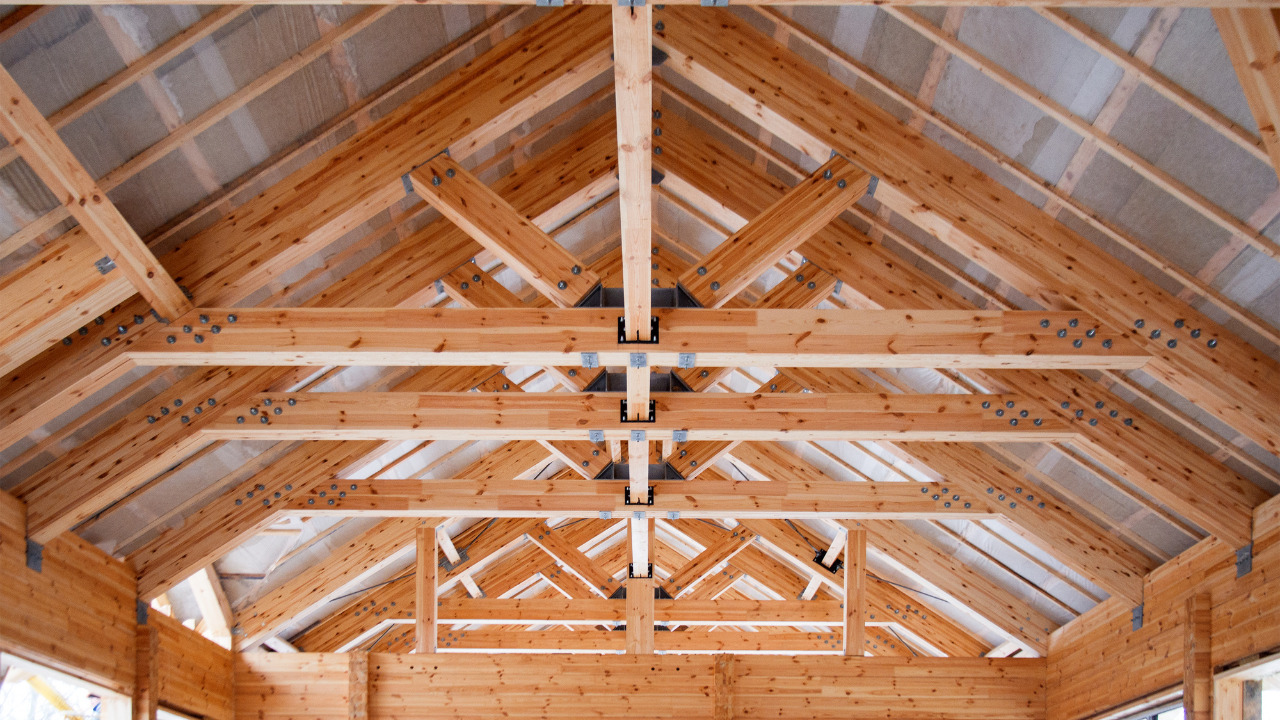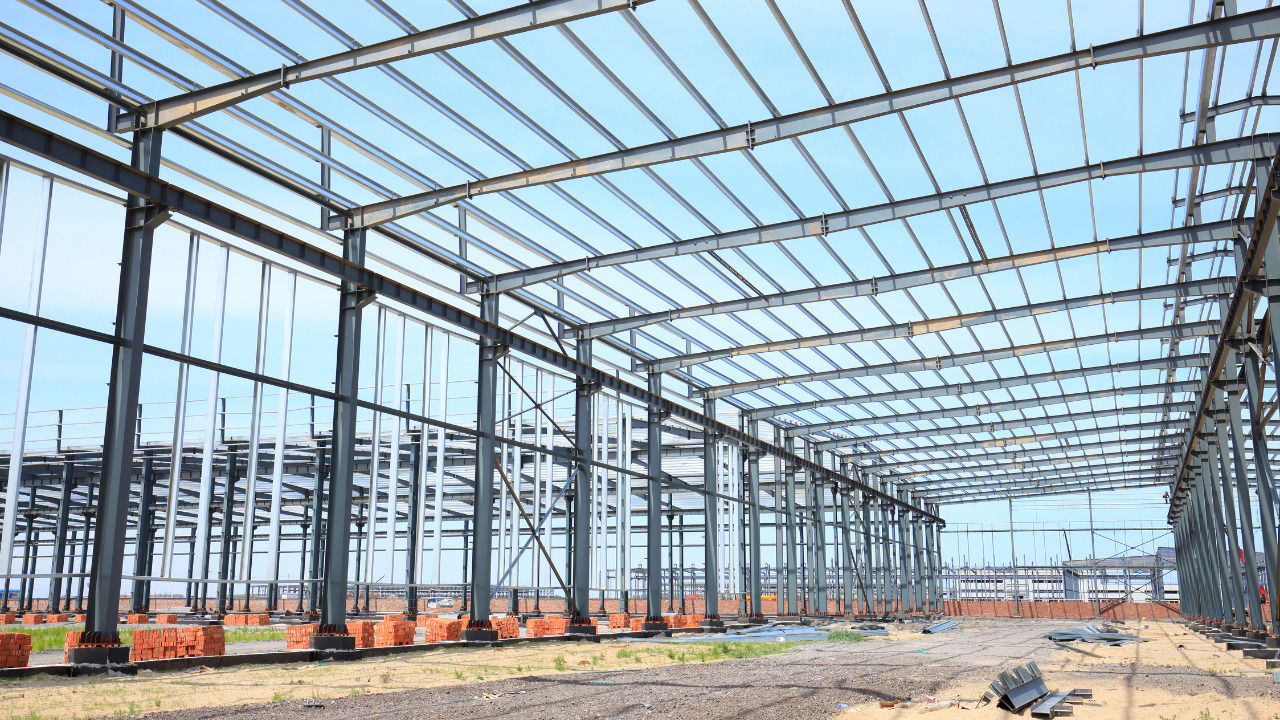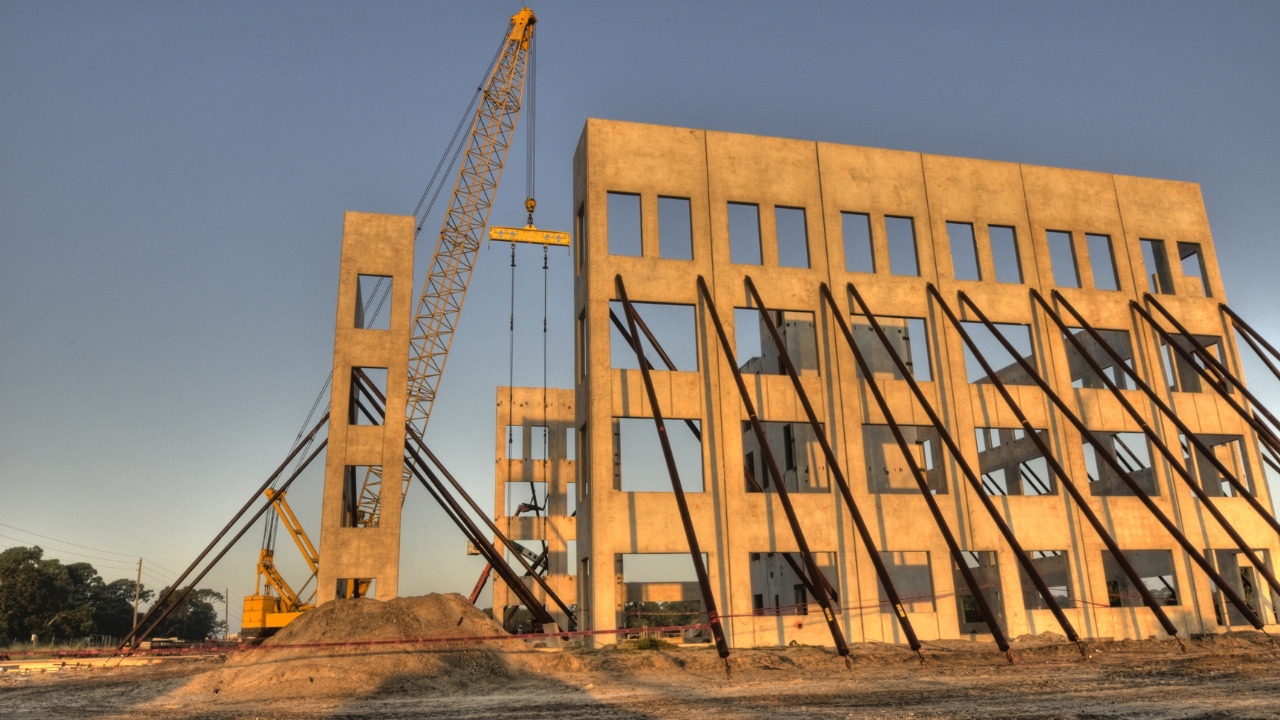The size and location of drill holes in roof joists and rafters are restricted by code, but trusses are a different story. Drilling a truss requires permission from either the truss maker or a registered professional engineer.
Trussed rafters may not typically be cut, notched, or drilled unless the designer approves it in the design, with the drilling and cutting regulations specifically excluded. Unless there are specific instructions on site, provided by the, be cut, notched, or drilled.
Your roof trusses shouldn’t be drilled, chopped, or notched. These acts will substantially compromise your trusses. Consult an engineer if you need to change your trusses after the final design has been accepted.
Table of Contents
Why Is It Not Allowed To Drill Holes Through Trusses?
Because joists and rafters have defined sections that are in tension or neutral, holes are permitted in them but not in trusses. So, it’s simple to specify the safe drilling sites. On the other hand, trusses are more challenging because the loads must zigzag and flip around as they pass through the webs and chords.
If you are worried about the serviceability of your trusses after they have already been drilled and you are worried about the holes, get in touch with the truss manufacturer. Given that they are familiar with the loads the truss was intended to support, the manufacturer will be more qualified to explain whether or not a repair is required.
Any reductions from the drilled holes could impact the truss’s structural performance because the chord with the holes may have been constructed almost to capacity. When the truss manufacturer receives your notification, they will alert their engineer, who will create the repair designs if required.
Don’t Compromise Over Structural Integrity By Drilling The Roof Trusses
The roof is supported structurally by trusses in the attic. They are often shaped to bear a particular weight load, with the stress being distributed according to the material and width. Trusses permit a certain amount of deflection for strong storms or minor earthquakes.
Even tiny holes drilled into your trusses damage their structural integrity and reduce the amount of support they can offer. Additionally, most construction codes are broken when attic trusses are modified or drilled.
Codes vary by location, but trusses cannot be altered once the initial design has been approved. Even then, hiring a professional for the job is better.
How To Offer Additional Support To Your Roofing Trusses?
The roof trusses may already include a central support beam to help sustain the weight of the roof above it, depending on the design of the trusses. A center support beam is only absent from a small minority of truss designs.
For roof trusses, the majority of home roofs don’t need any extra support. This is because most houses are compact enough for the trusses to bear their weight and the roof above them. Trusses may need support in the middle in huge houses and industrial environments.
The trusses have a harder time supporting these roofs since they are often significantly larger and frequently have heavier, more durable roofing materials. Therefore, your trusses probably don’t need support in the middle for your project on the attic of your house.
To better support the roof, trusses are formed with triangular frameworks. Wooden beams that are longer may support heavier loads and more tension. Vertical beams, commonly referred to as cripples, can be added as additional supports to strengthen your truss.
Use some cardboard to mark the joints at the top and bottom of the cripple’s connection to the truss. This will prevent cripples from simply sitting in your trusses without being fixed or fastened.
Your cardboard tracing will serve as a pattern for plywood gussets, which are softer than metal ones and don’t require you to drill holes in your trusses.
Is It Possible To Cut Or Screw Throughout Roof Trusses?
Trusses for the roof cannot be cut. Cutting or notching your trusses undermines the structural integrity of the trusses and is prohibited by construction rules. This is similar to drilling into trusses. Before installation, your trusses need to be trimmed to size.
Contact a specialist in your region if you have issues that require cutting into your trusses. Although it is risky, you can screw it into your truss. Even though you wouldn’t be drilling or cutting, you would still change how the truss is stressed.
However, if you must screw into your truss, go to the engineer who constructed your attic first. Even if a screw is taken out, its trace will remain.
Bottom Line
Roof trusses are ideal for offering support and keeping the roofing structure stable. You should avoid drilling or cutting into your trusses since doing so could weaken or destroy them.
You can reinforce your trusses in several ways, such as installing cripple braces or fixing weakened areas. We wish you well in dealing with your trusses now that you know more about them.





